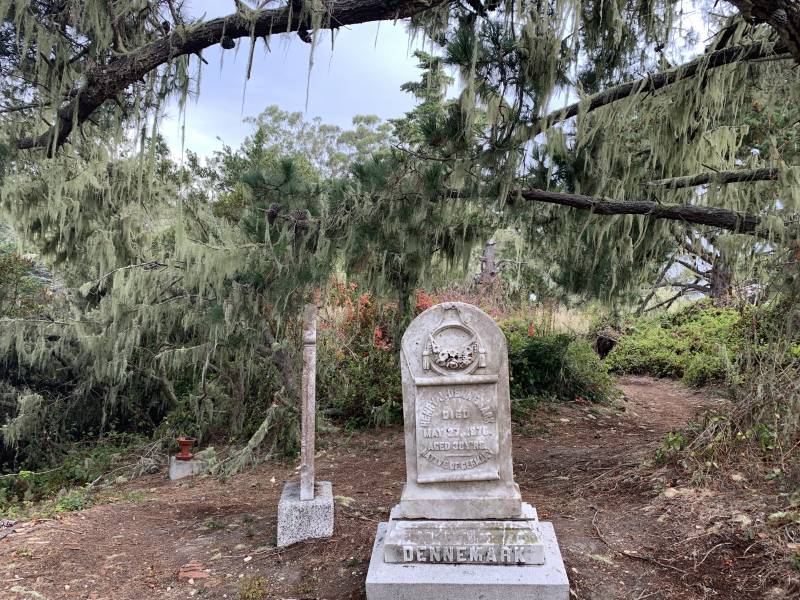
A cluster of 19th-century gravestones sits amid Monterey cypress trees dripping with moss in the Purissima Cemetery, located 4 miles south of Half Moon Bay. (Rachael Myrow/KQED)
Read the transcript here.
Most people who visit Half Moon Bay today head to the beach for surf, sand and a snack. But another, spooky adventure awaits those who peel off Highway 1 and take a windy road up into the hills, especially on one of those days when the fog hangs low.
You’ll find working farms and ranches and old homes from the 19th century — some still lived in, others not so much. And if you drive up Verde Road just a little ways, not even a quarter mile, there’s a cemetery that used to be part of a town that no longer exists.
"What happened to the ghost town of Purissima? I know that it was intended to be a much bigger town, but the railroad didn't go all the way there, or something?" asks Julia Thollaug of Montara, on the coast. She's a local teacher and choreographer who’s been aware of the cemetery for years, but not its backstory.
"I don’t know anything about who lived there, or why they left," she said. "That's the thing that's so interesting to me. Because Pescadero is still there [on the San Mateo County coast]. Half Moon Bay is there. So, like, why did they leave?"
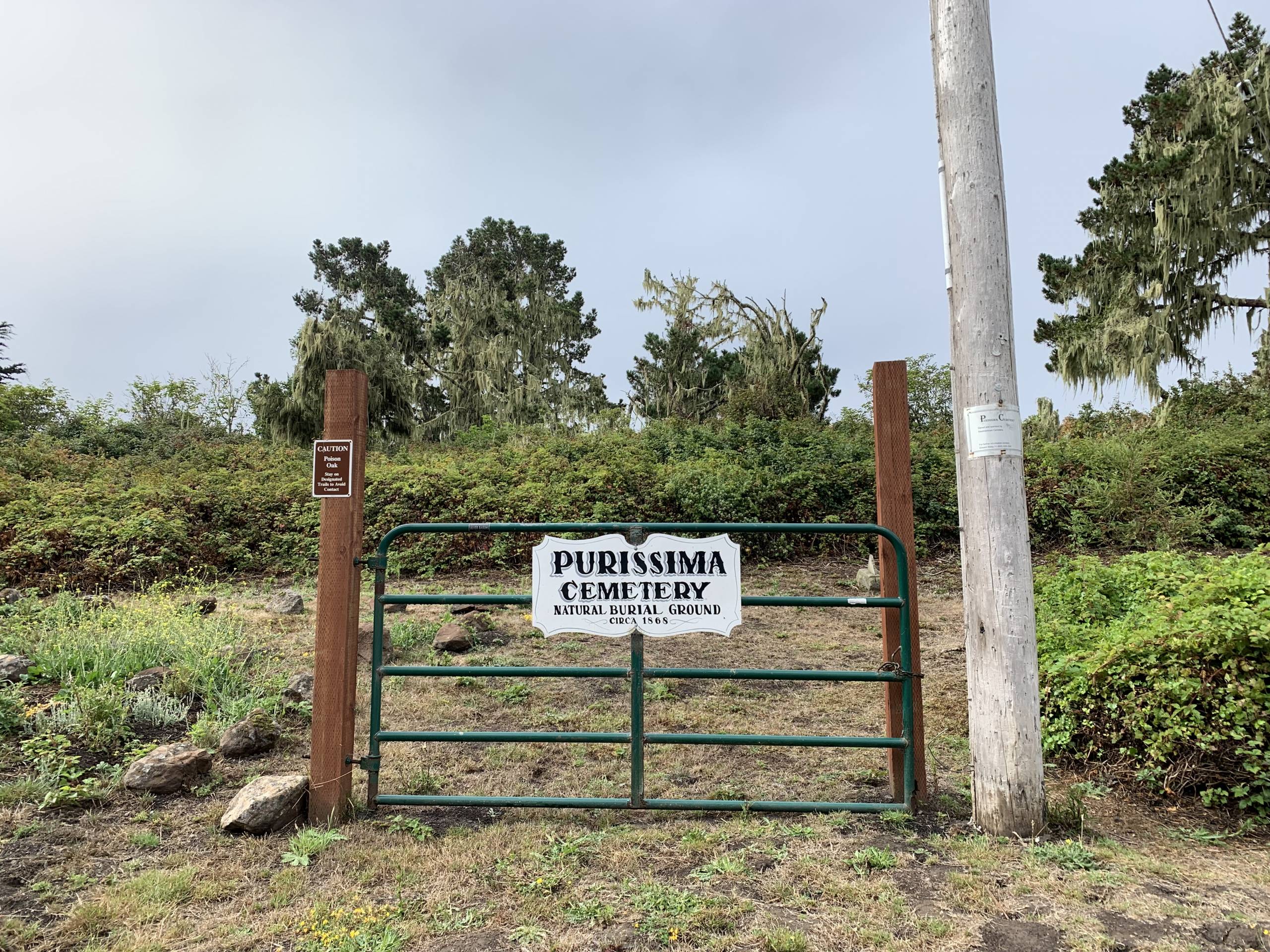
If you weren’t looking for the Purissima Cemetery, you would probably fly right past the signs facing the road. Even if you did stop, by then you’d already have passed the town!
Mitch Postel, president of the San Mateo County Historical Association, joined me on a tour of Purissima Cemetery on an unseasonably wet August day. We started by reading from a plaque laid here in the 1960s by the Yerba Buena chapter of E Clampus Vitus, a fraternal organization dedicated to the preservation of the heritage of the American West:
The town with stores, school, hotel, saloon, dance hall, harness, shop and blacksmith shop flourished from the early 1860s until the age of the motorcar.
"Actually, I would say it was just a little bit of an exaggeration to say 'flourished' from the early 1860s until the age of the motorcar, because it was certainly up and down," Postel said.
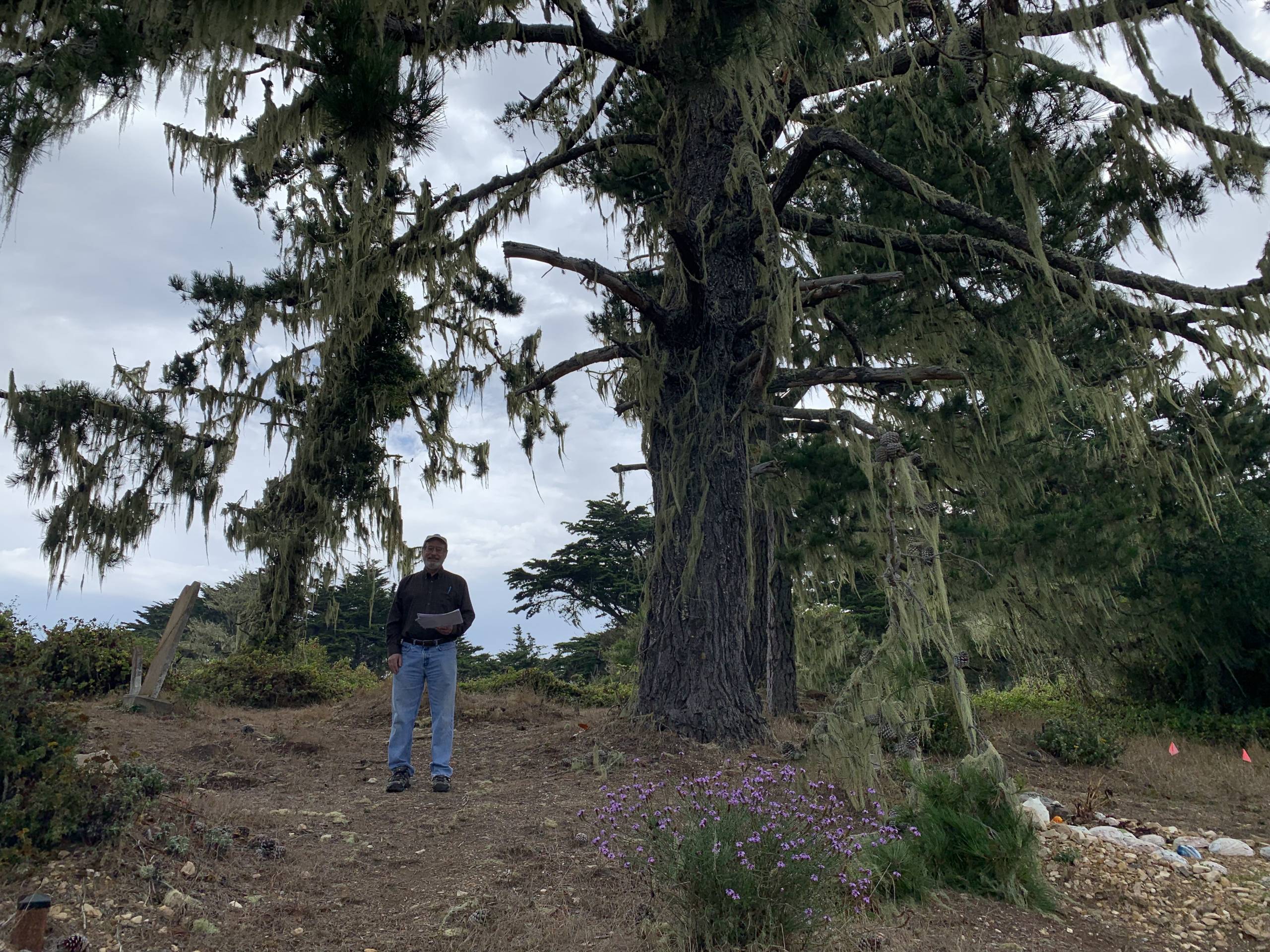
Purissima was pretty much washed up by the turn of the 20th century, though it was not entirely abandoned until the late 1930s, sometime before World War II.
The first written mention of the area was by Spaniards on the Portolá expedition of 1769:
The country had a gloomy aspect; the hills were bare and treeless, and, consequently, without fire-wood. On the northern side of this stream there were some abandoned Indian huts.
— Diary of Miguel Costansó
By the time these men explored what we now know as San Mateo County, the huts were already abandoned. The Ramaytush Ohlone peoples who lived in them were already gone. They might have left for any number of reasons: key people in the settlement dying, leaving to marry, opting for better fishing down the coast. But it wasn't long before a bunch of European-style villages sprang up on or near the coast, wherever there was a creek, often on the very spots where the Chiguan and Cotegen who lived in this area had been. And when I say villages, I mean a clutch of farmhouses and barns and maybe a school or a stagecoach stop.
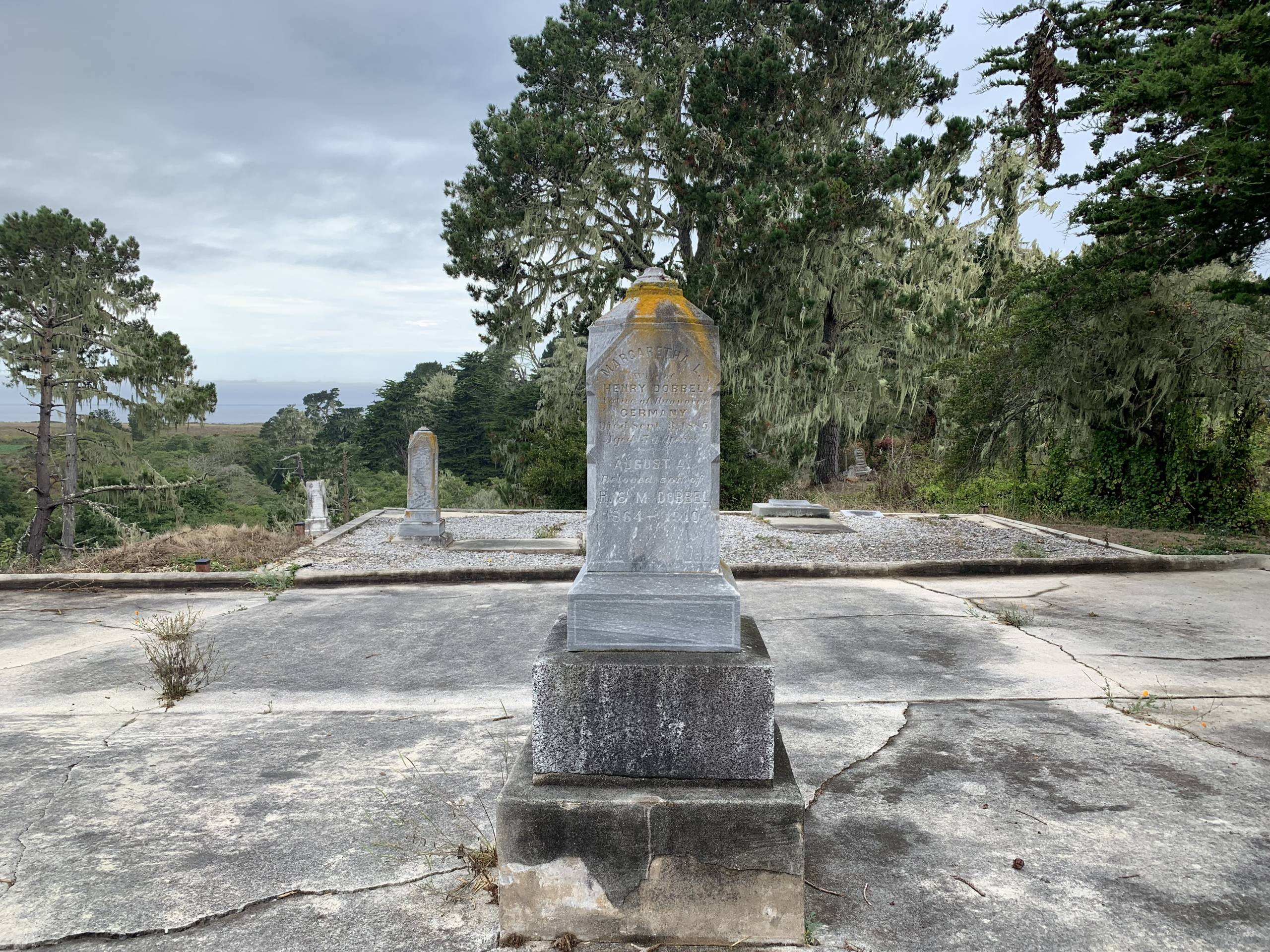
Around 1868, a German immigrant named Henry Dobbel bought 1,000 acres and built a mansion on the south bank of Purissima Creek. This place was huge and opulent: 17 large rooms, indoor plumbing, imported carpets, even a ballroom.
There isn't much in the historical records about Dobbel's personality, or that of his wife, but it is widely believed Dobbel made his money off the first restaurant to serve waffles in San Francisco. What we do know is that he built many of the buildings in Purissima, like the saloon across the way from the mansion. Also, the Dobbels employed 50 men to farm wheat, barley and potatoes. The waffle king was essentially the economic pillar of Purissima during its founding years. South of Half Moon Bay, the little town appealed to more folks than Dobbel's family.
"Half Moon Bay was known as Spanish Town because that was a place where a lot of people that were of Mexican heritage, Spanish heritage [lived]," Postel said. "They wanted to get away from what was happening with the Anglo-ization of California, so forth. They wanted to have a place."
A diverse group of people moved to Half Moon Bay in the years that followed, many of them Roman Catholics, and — it's a tale as old as California — when the Protestants made their way to the coast, "they didn't feel quite comfortable in Spanish Town. So they created another place just a little bit further south, but right on a creek, a little bit inland," Postel said.
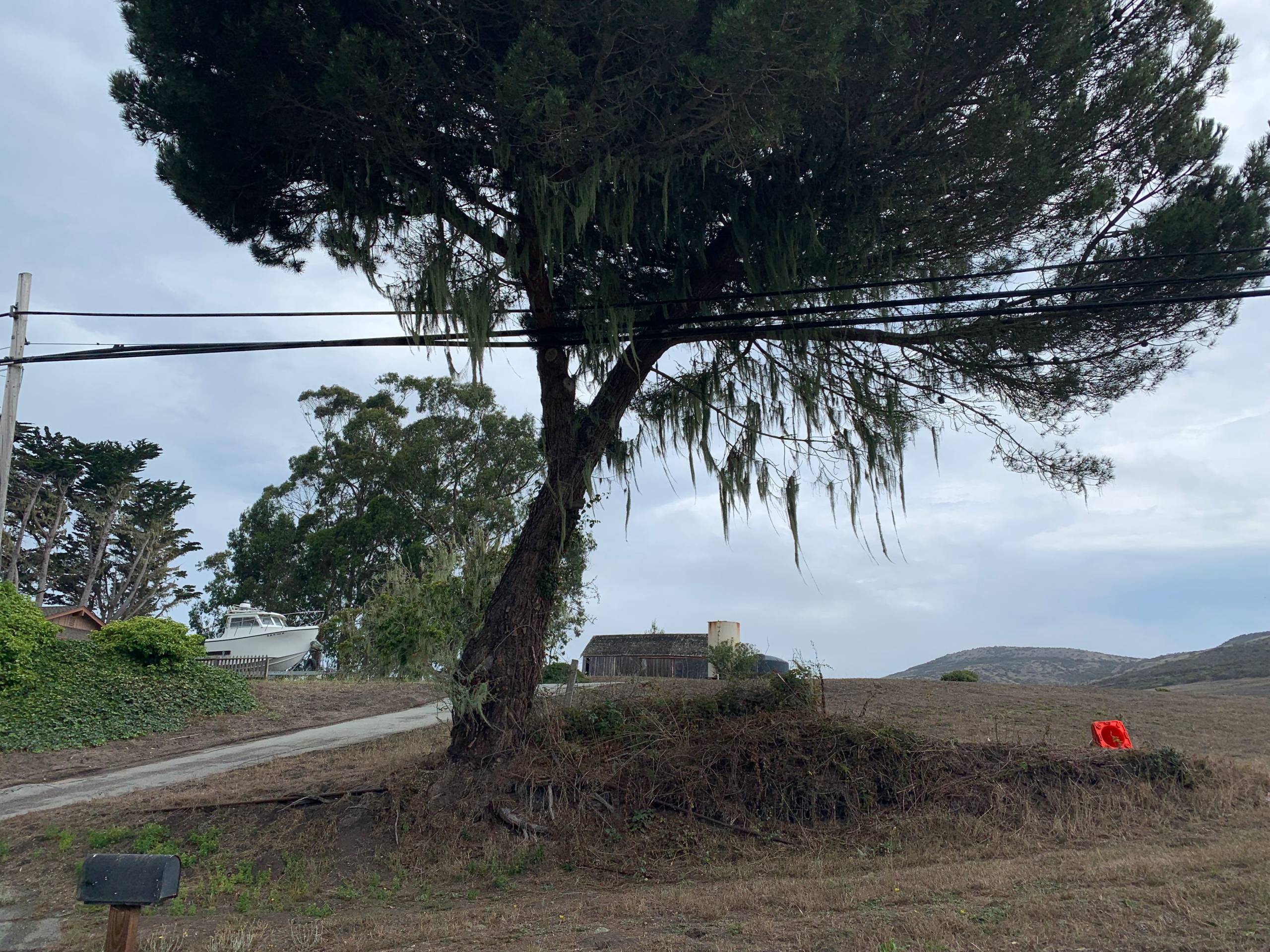
Over the years that followed, the people of Purissima farmed, and logged redwoods, in the nearby Santa Cruz Mountains. Some oil was discovered, but it wasn't enough to make anybody rich. And there were several, devastating crop failures, not to mention the time the Purissima Creek flooded.
Henry Dobbel, still the town's biggest employer, went bankrupt. He was forced to sell his estate in 1890, and he died in 1891. Both he and his wife are buried in the village cemetery, along with a sobering number of people who died young.
What killed people back then at such young ages? "A lot of the young women that you might see that are buried here could have died in childbirth," Postel said. There were also workplace injuries, he said: "Farming accidents. Logging accidents. But I think most of it was disease. You know, medical assistance was very sparse. There was a town doctor in Half Moon Bay. There was one in Pescadero, too. But that's a lot of miles between some of these remote farmhouses and a doctor."
In the end, Purissima lasted all of 70 years, give or take. Because the town was never officially incorporated, we don't know the population figures. The gravestones feature some of the big-for-the-coast Protestant names of the 19th century, though: Dobbel, of course, and Hutch, and Johnston.
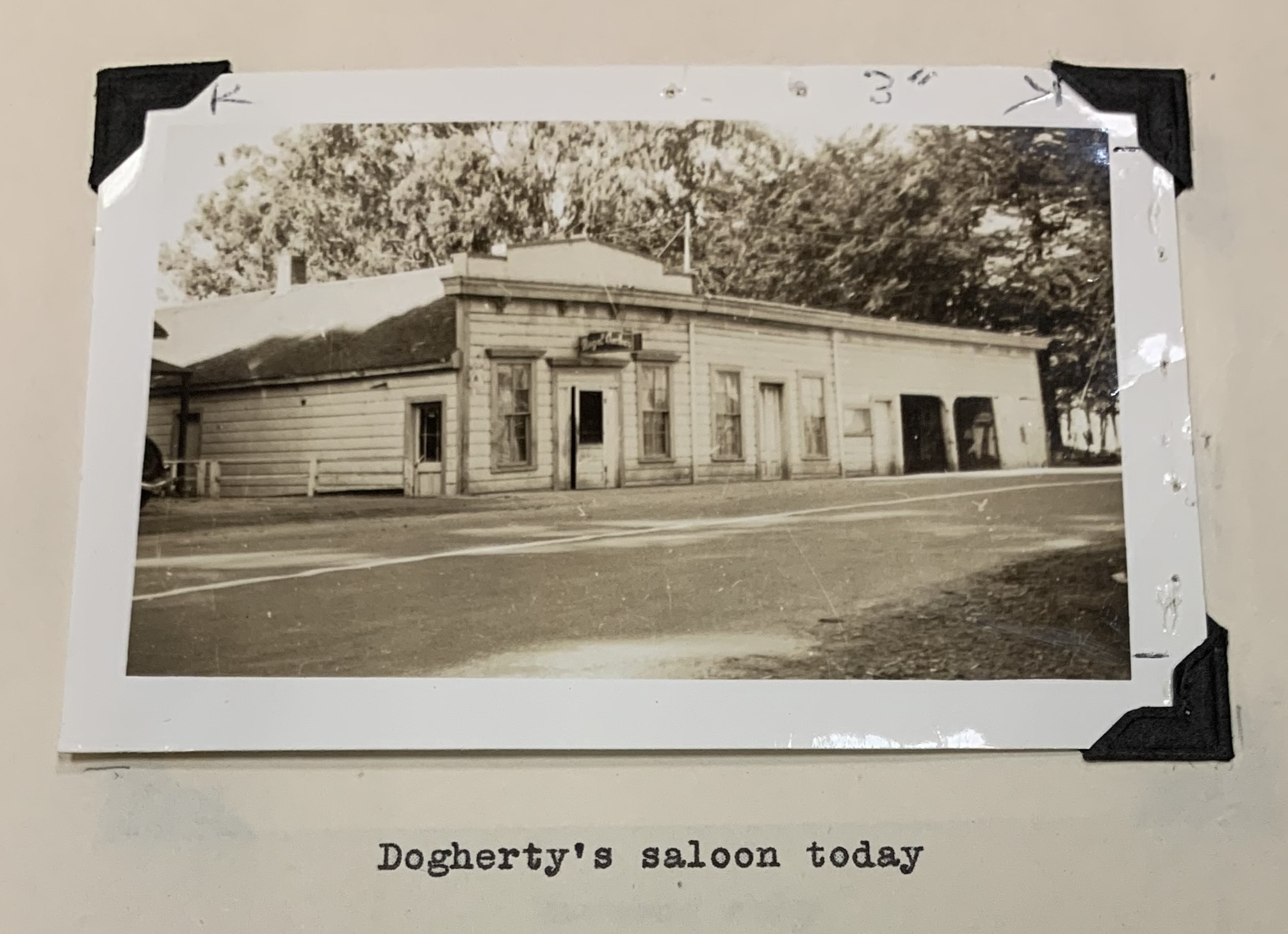
Heads up to our question asker, Julia: The Ocean Shore Railroad, which took locals up to San Francisco and back in the early 20th century, did include a stop here. Highway 1 used to run through here, until it didn’t.
I paid a visit to the San Mateo County archives in downtown Redwood City, where I read a student report on Purissima by Blair Hyde of San Mateo Junior College, written in 1939. Back then, the buildings were still standing, but Hyde explains that the people of Purissima gradually came to the inevitable conclusion that Half Moon Bay was the better place to be.
Today, the Coastside Land Trust owns much of what used to be the town. The 5-acre cemetery was acquired by Ed Bixby of the Steelmantown Cemetery Company, which has provided natural burials on the site for a number of years now, having cleared away enough poison oak to make space for them. There are now clear paths around the old gravestones, too.
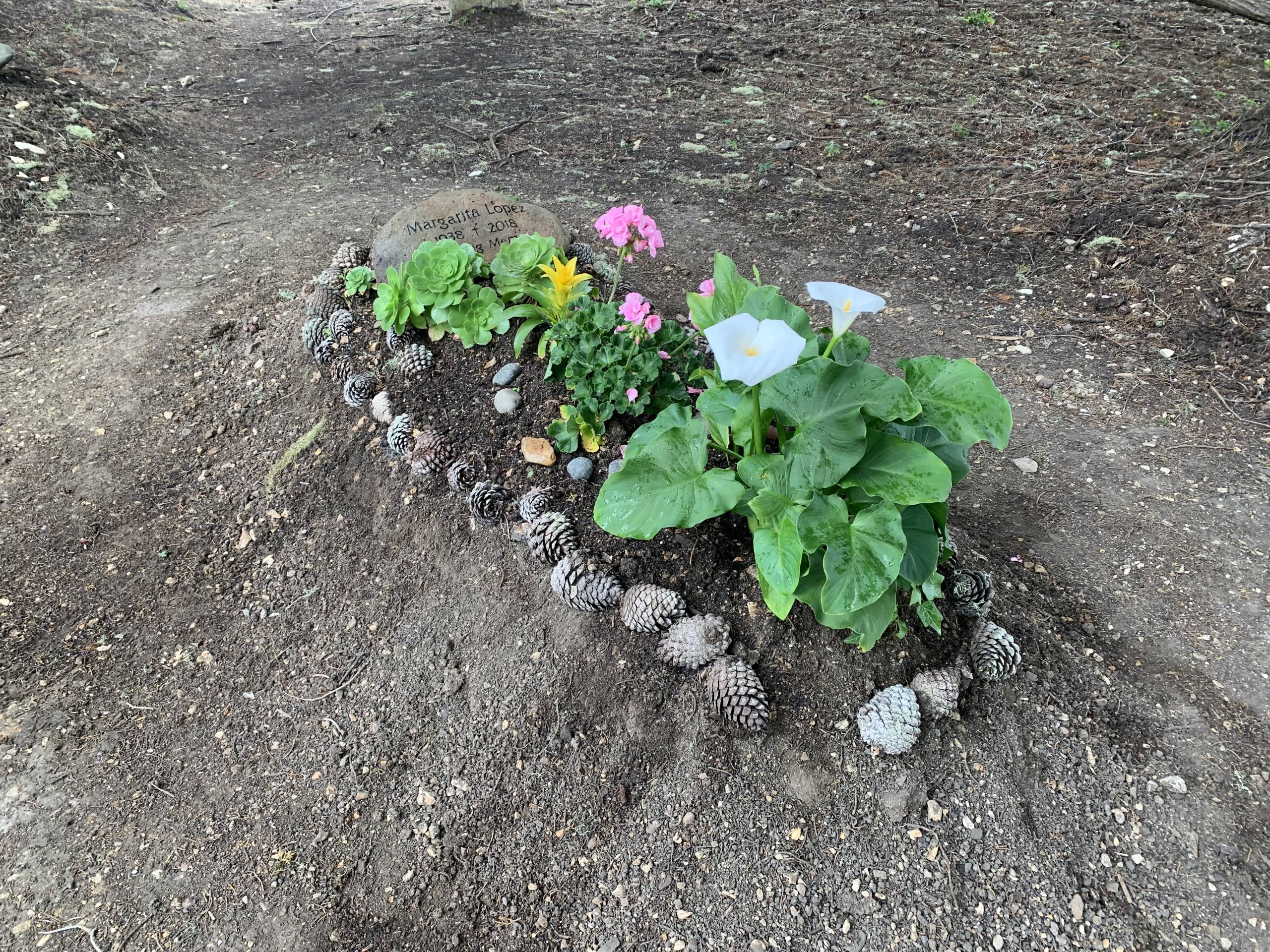
Sign me up for your newsletter!
Please don't publish my name
I am over 16 years old